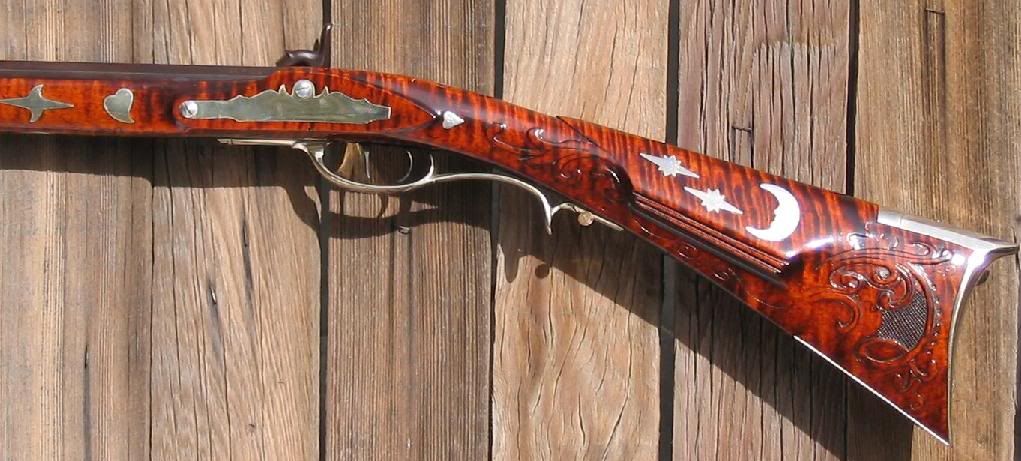Aqua fourtis will give you dark..no problem,,the application turns maple green,,the heat turns it dark,,if your old enough ta "toast" a marshmellow and not "burn it quick and eat it", then you can use aqua foutis.If you can't make toast without burning it,, forget it!
Trouble is we cain't get it any more!! It's legal to have aqua fortis and ship it,,,but nobody or few have it anymore. The raw product "Nitric acid" is un-available because of "EPA" laws that kicked in,,toss in a little 911 problem we had a few years back and,,well,,,,
An even application of the 1 part nitric acid and 3 parts water solution aka;Aqua fortis is easy,,make the wood wet with the solution,,the maple will suck it right up,,don't worry overlaps won't hurt,,,,,
The really neat thing about that stain is it's after the 2nd year of application when it really starts to work,,grains deepen and mellow,, the beuty is brought out with age,
If ya got sum and want more tips PM or just ask here again,we'll help.









